1. Meal Planning:
Plan your meals for the week ahead. This prevents impulse purchases and ensures you buy only what you need. And try to limit your shopping trips to 1-2 a week, you can cook meals in bulk to spread one dish over a couple of days
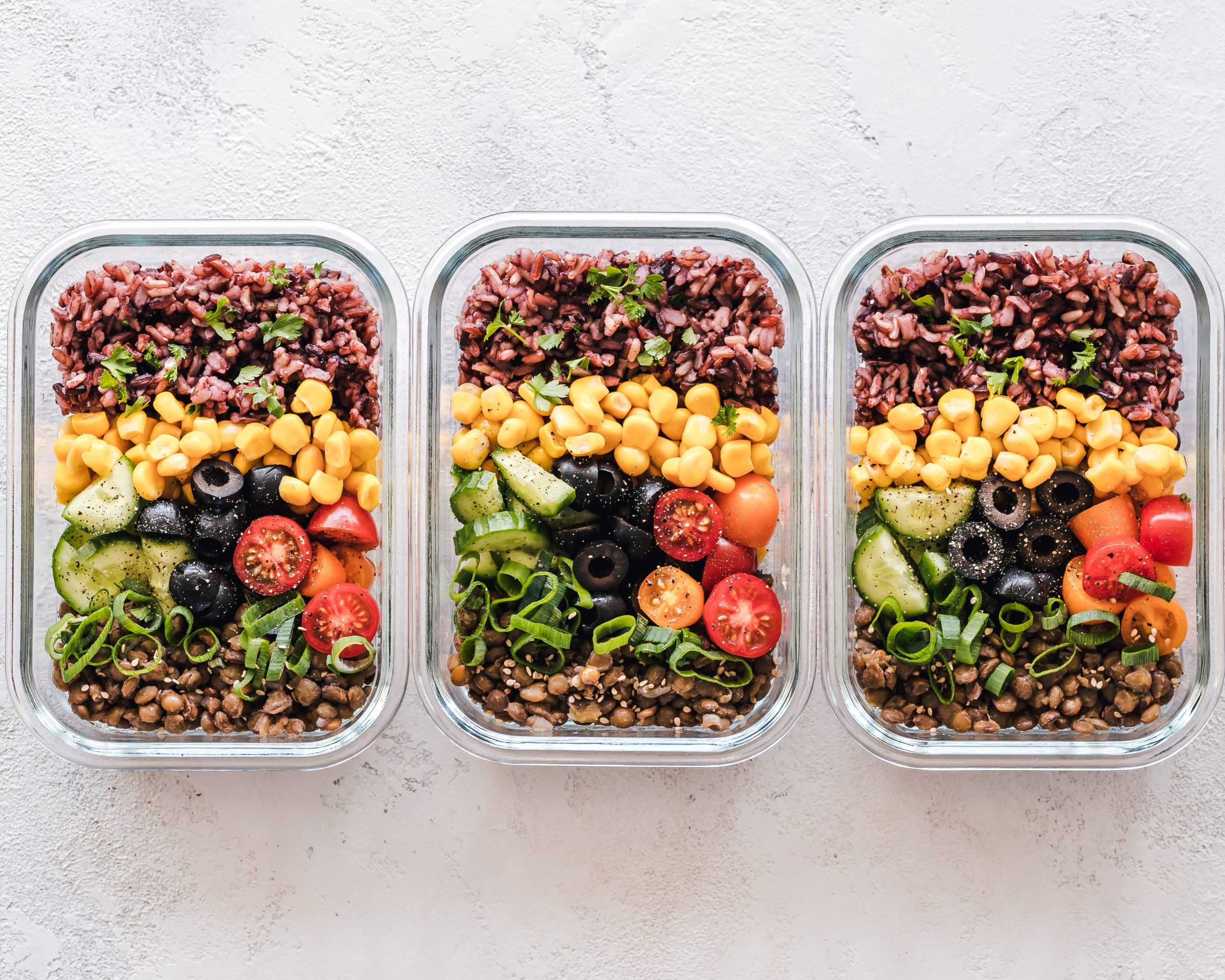
2. Bulk Buying:
Purchase pantry staples like rice, pasta, beans, and grains in bulk. They’re usually cheaper per unit and can be used in various dishes. I always keep a steady stock of pasta, rice, canned beans, canned tomatoes, and various grains or lentils, this will ensure that you always can make a simple meal without having to go shopping for ingredients
3. Freeze in Portions:
When you cook in larger quantities, freeze leftovers in portion-sized containers. This helps you avoid waste and have ready-made meals for busy days.
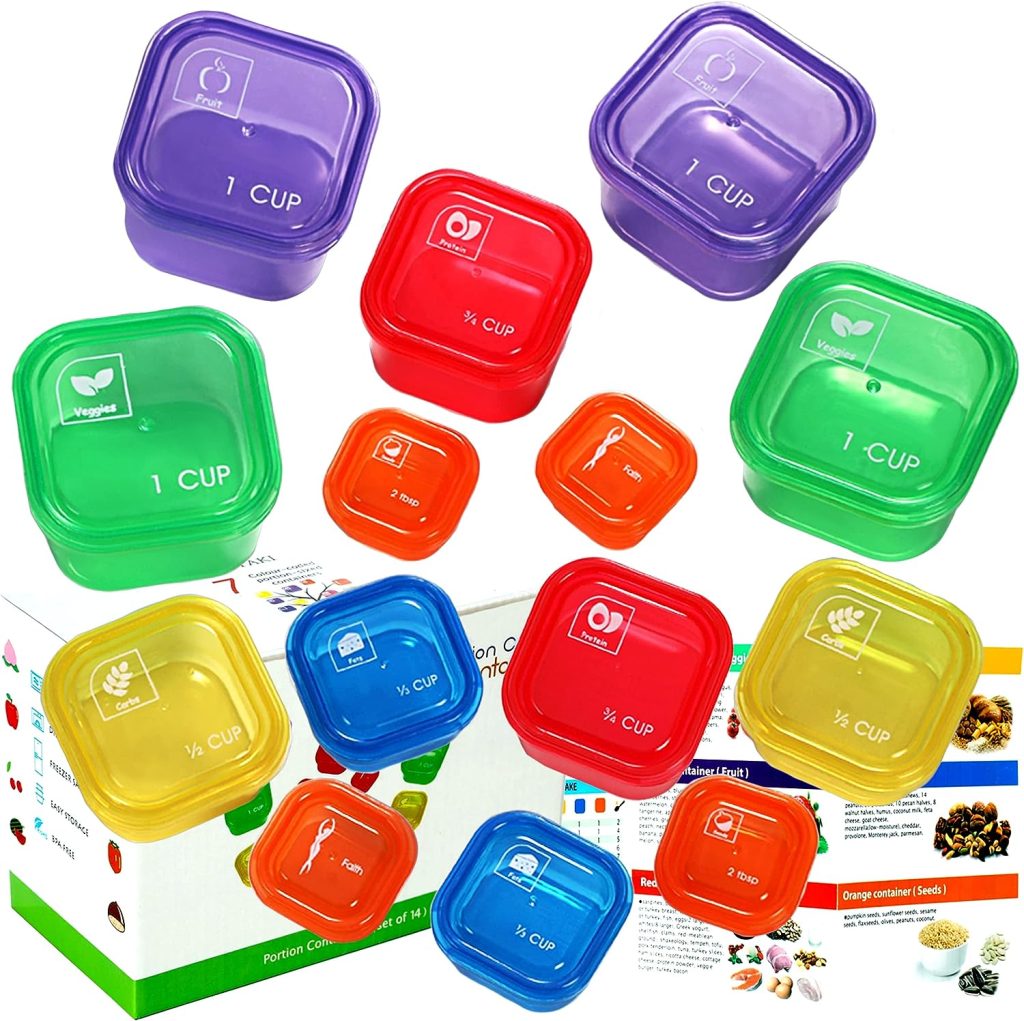
Portion size containers
Categorize your food storing with color coded containers, for perfecting your food plan
4. Use Cheaper Cuts of Meat:
Opt for tougher cuts of meat, or even frozen meat that are more affordable. With slow cooking or marinating, they can become tender and flavorful.
5. Vegetarian and Vegan Meals:
Incorporate more vegetarian and vegan meals into your diet. Plant-based proteins like beans, lentils, and tofu are often cheaper than meat.
6. Seasonal Produce:
Buy fruits and vegetables that are in season; they’re often less expensive and taste better.
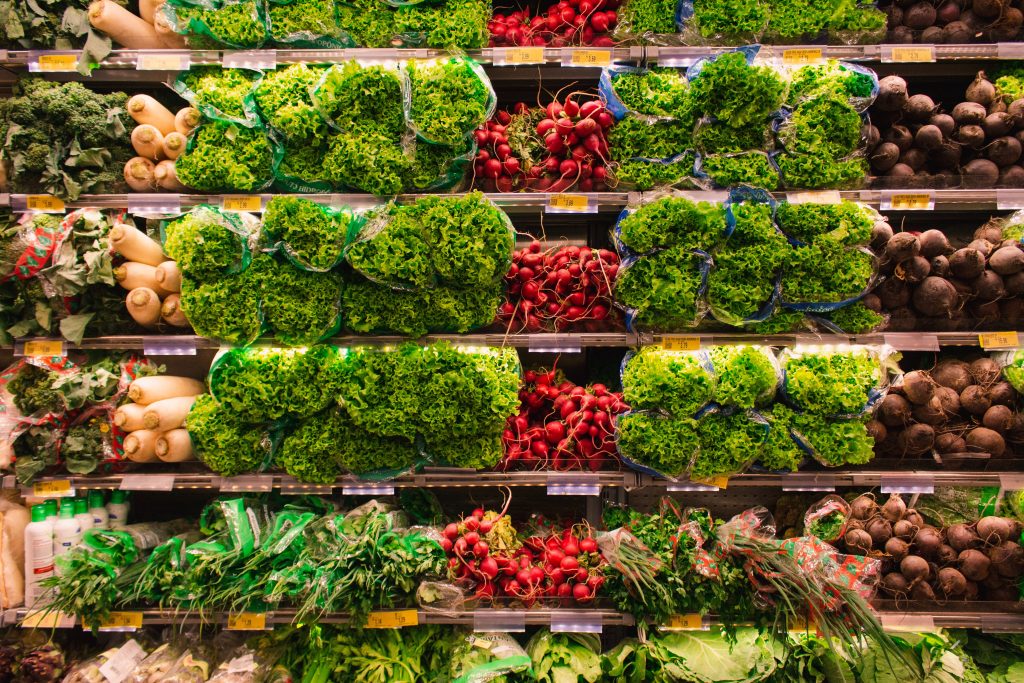
7. Frozen Fruits and Veggies:
Frozen fruits and vegetables can be just as nutritious as fresh ones and are often more affordable. They’re great for smoothies, soups, and stir-fries. One of my favorites is frozen broccoli, as it doesn’t lose a lot of quality from being frozen, and it’s the vegetable with highest protein content pr. 100 grams!
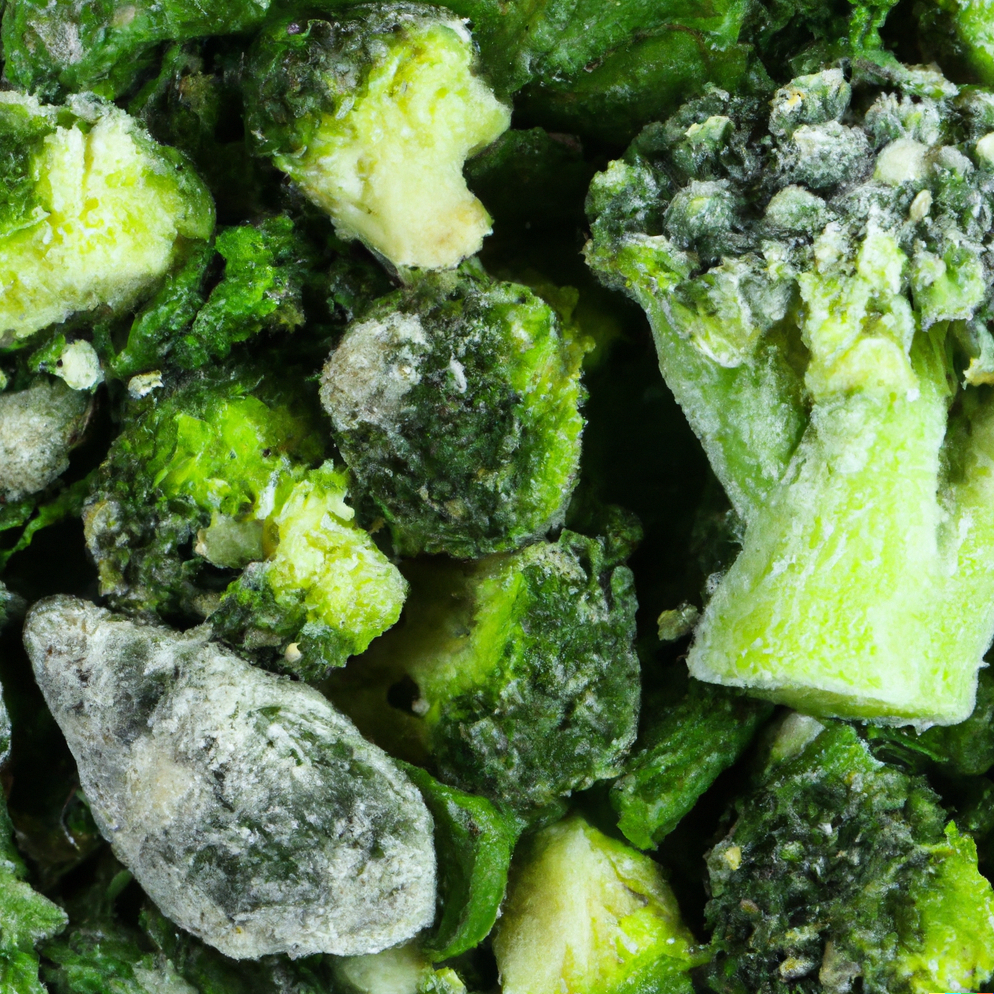
8. DIY Stocks and Broths
Save vegetable scraps and bones from meat to make your own stocks and broths. They add flavor to dishes and reduce the need for store-bought options. If you make your own stock or broth, you can easily freeze it to add a kick of flavor to dishes at a later time

9. Stretch Meals with Grains:
Add grains like rice, quinoa, seeds or lentils to soups, stews, and stir-fries to make them more filling without needing extra meat or vegetables.
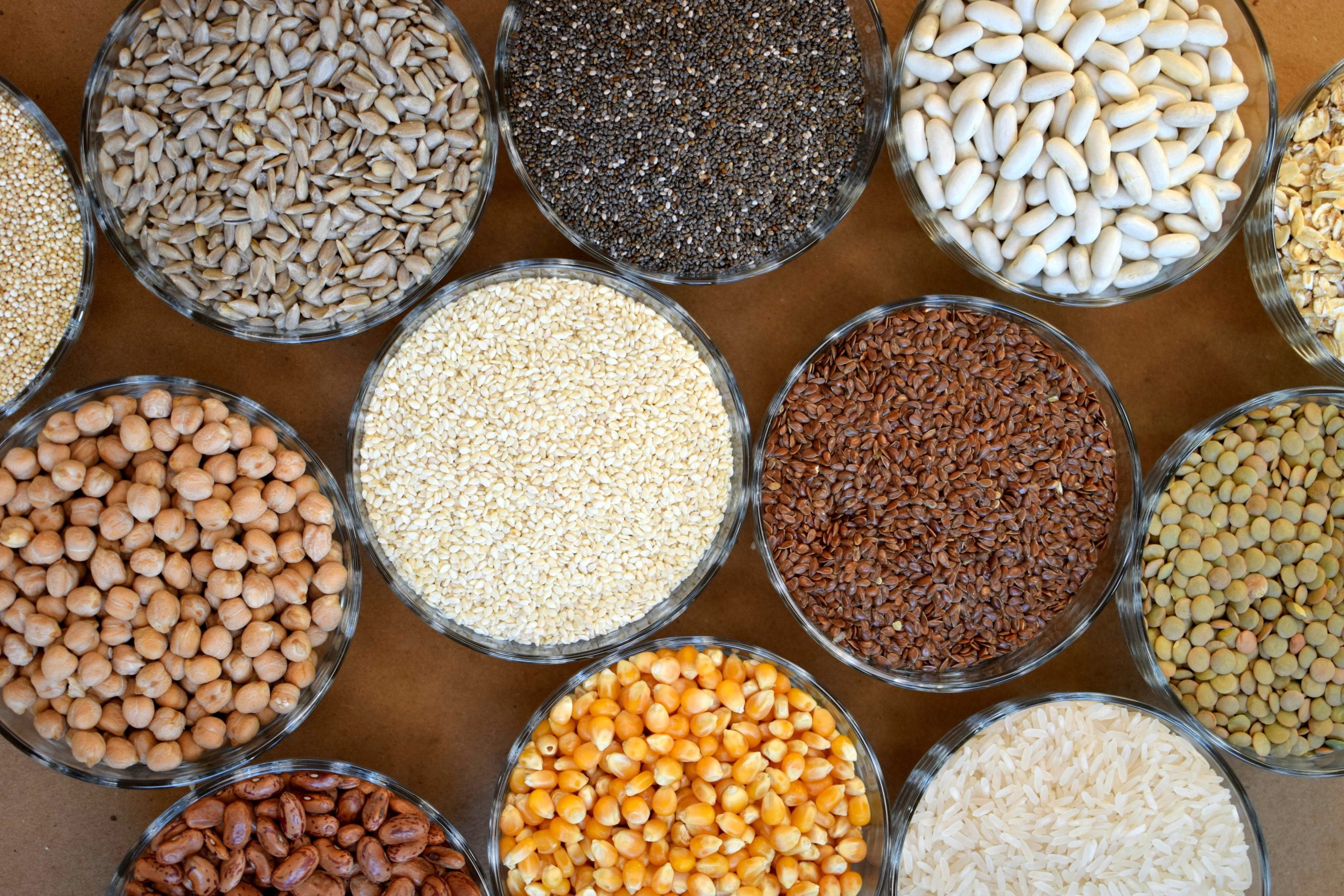
10. Repurpose Leftovers:
Transform leftovers into new dishes. For instance, roasted vegetables can become fillings for wraps or omelets, and cooked meats can be added to pasta, salads or sandwiches.
11. Homemade Sauces and Condiments:
Create your own sauces, dressings, and condiments. Basic ingredients like vinegar, oil, ma and spices can be used to make flavorful combinations. Store in squeeze bottles in the fridge to keep for longer

Set of 6 16-ounce squeeze bottles
Store homemade condiments or sauces easily in these easy-wash squeeze bottles
12. Shop Discounted Sections:
Look for discounted sections in grocery stores, often offering items nearing their expiration dates or slightly imperfect produce at lower prices. The expiration date is more often than not, a recommendation instead of a rule, always make sure to do the smell test, and check for discoloring or mold, but foods can usually be consumed a couple of days after the expiration date
13. Buy Whole Foods:
Whole foods like whole chickens or blocks of cheese are usually cheaper than pre-cut or pre-packaged items. Instead of buying grated parmesan or shredded cheddar, buying the whole block will last longer, be of higher quality and end up being cheaper in the long run
14. Use Every Bit:
Use all parts of fruits and vegetables. For example, you can use carrot tops in pesto or broccoli stems in slaw. Use the brine from bean cans, as it’s thick and holds a lot of flavor, use water to get the remaining tomato out of canned tomatoes and so on.
15. Grow Your Own Herbs:
If you have space, consider growing your own herbs. Fresh herbs can elevate the flavor of your dishes and save you money in the long run. If you have space for a little herb garden in the backyard or balcony, or just have an open space in your window sill for a little basil or parsley plant, it’s a great way to up the flavor and presentation of your dishes.

16. Slow Cooker and Instant Pot:
Utilize slow cookers and Instant Pots for inexpensive cuts of meat and beans. They can turn them into flavorful, tender meals with minimal effort, and it makes for less dirty dishes.
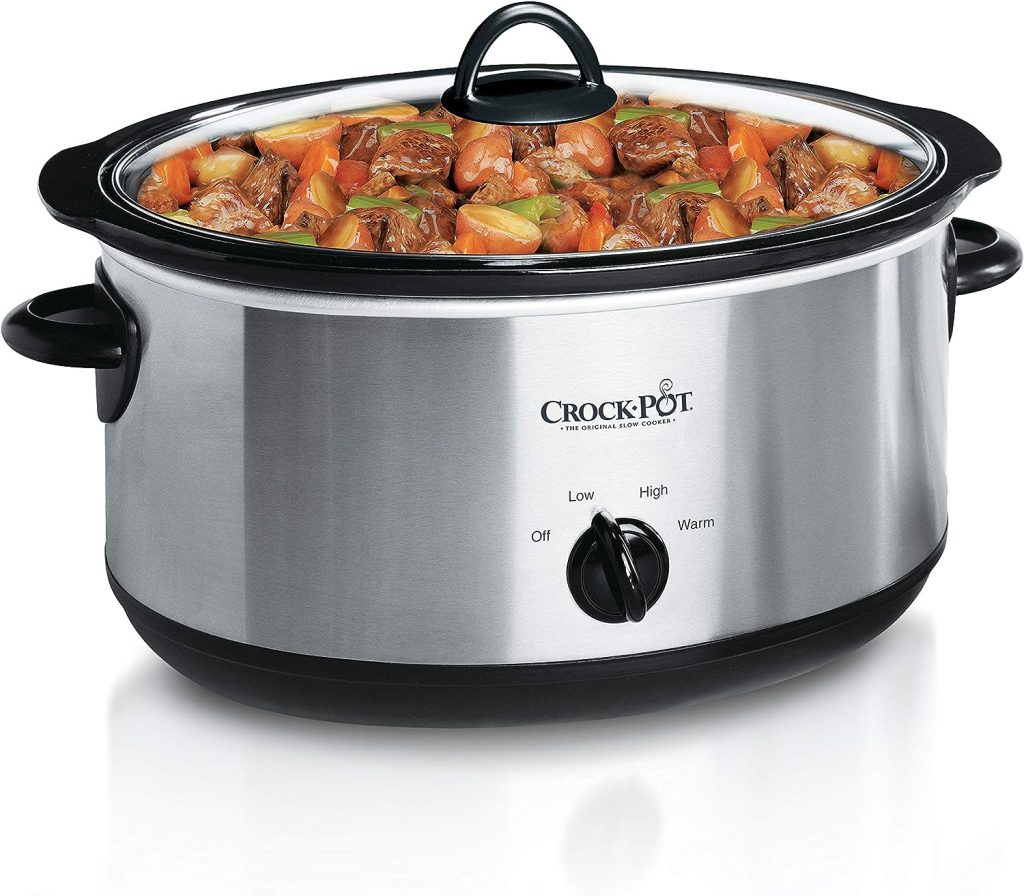
Crock-Pot 7 Quart Oval Manual Slow Cooker, Stainless Steel
Set temperature to high to get a hot meal in no time or set it on low and tonight’s dinner can cook while you’re at work.

Instant Pot Duo 7-in-1 Electric Pressure Cooker
Slow Cooker, Rice Cooker, Steamer, Sauté, Yogurt Maker, Warmer & Sterilizer all in one!
17. Limit Eating Out:
Reduce dining out and getting food delivered. Cooking at home is almost always more cost-effective, and if done right will be just as delicious if not better.
18. Comparison Shop:
Compare prices across different stores or online platforms to find the best deals. And try spreading your shopping for the week out between different stores
19. DIY Snacks:
Being snack-hungry on a budget can be very tough, but there are a ton of great snacks you can make for cheap at home. Make your own snacks like granola bars, trail mix, and popcorn instead of buying pre-packaged ones.
20. Drink Water:
Stick to drinking water during meals instead of expensive beverages. And if you drink a big chunk of water before a meal, to ensure you don’t overeat and leave leftovers to the days to come. You can also spice up your water if you are an enjoyer of flavorful beverages, keep a container in the fridge with water and lemon slices, its very good for you and tastes better than normal water.
Remember, budget cooking doesn’t mean sacrificing flavor. With these hacks, you can create delicious and nutritious meals without overspending.
